Sea Otter Conservation Efforts
Hey there! Let's talk about sea otters and all the fascinating things about them. Sea otters are adorable marine creatures known for their playful behavior and fluffy appearance. They belong to the weasel family and are found along the coasts of the northern Pacific Ocean. These intelligent and social creatures have captured the hearts of people all around the world. So, let's dive into the world of sea otters and explore their traits, habits, and conservation efforts.
Sea Otter - Profile | Traits | Facts | Eating | Legs | Baby | Cute

Sea otters are well-known for their charming appearance, playful nature, and impressive abilities. They are medium-sized marine mammals, reaching about 4 feet in length and weighing around 50-100 pounds. These adorable creatures have dense fur that helps them stay warm in cold waters.
One of the most interesting traits of sea otters is their ability to use tools. They are among the few animal species that use tools to their advantage, such as using rocks to crack open shells or clams. Their forepaws are dexterous and function like hands, making them adept at manipulating objects.
Sea otters have a diverse diet consisting mainly of marine invertebrates like clams, mussels, crabs, and sea urchins. They are known for their voracious appetite, consuming about 25% of their body weight each day. To facilitate their underwater foraging, sea otters can close their nostrils and ears to keep out water.
Unlike most marine mammals, sea otters lack a layer of blubber to keep them warm. Instead, they rely on their incredibly thick fur, which consists of about one million hairs per square inch. The fur traps air and provides insulation, keeping the otters warm even in icy waters.
Sea otters have adapted to a semi-aquatic lifestyle, spending much of their time in the water. They are excellent swimmers and can dive to impressive depths, often reaching up to 60 feet. They have strong, webbed hind limbs that enable them to swim swiftly and navigate with ease.
When it comes to reproduction, sea otters have a unique way of keeping their young ones safe. Female sea otters give birth to a single pup, which they raise on their own. To keep the pup from drifting away, the mother wraps it in kelp forests, creating a secure nursery where the pup can learn to swim and dive.
Despite their adorable and playful nature, sea otters face several threats to their survival. Historically, they were heavily hunted for their fur, leading to a significant decline in their population. Today, they are protected by law, but their habitats are vulnerable to pollution, habitat loss, and oil spills.
Interesting Facts about Sea Otters:
- Sea otters are the heaviest members of the weasel family.
- They have a high metabolic rate, which requires them to eat frequently.
- Sea otters are known to hold hands while sleeping to keep from drifting apart.
- They are excellent at grooming their fur, spending hours each day to maintain its insulating properties.
- In the wild, sea otters can live for around 10-15 years, but some have been known to live up to 20 years in captivity.
Saving Sea Otters | Wild View

Sea otters play a crucial role in maintaining the health of coastal ecosystems. They are considered a keystone species, meaning their presence has a disproportionately large impact on their environment. By feeding on sea urchins, which are natural grazers of kelp forests, sea otters help control their population and prevent the destruction of valuable habitats.
The conservation of sea otters is of utmost importance to ensure the preservation of the delicate balance in marine ecosystems. Various organizations and researchers are working tirelessly to protect sea otters and their habitats. Efforts include habitat restoration, pollution control, and public awareness campaigns.
One of the key initiatives in sea otter conservation is the monitoring and management of their population through a studbook. Studbooks are comprehensive databases that track the pedigree and vital statistics of captive sea otters. This information helps researchers identify breeding pairs and plan successful reintroduction programs into the wild.
Rehabilitation centers and rescue organizations also contribute significantly to sea otter conservation. They rescue injured or orphaned otters, provide medical care, and rehabilitate them for eventual release back into the wild. These efforts have helped increase the number of sea otters and ensure their survival for future generations.
The Sea Otter Rescue Plan:
The sea otter population is an excellent example of a successful rescue plan. In the early 20th century, sea otters were hunted to the brink of extinction for their fur. By the time they gained legal protection, only a small remnant population remained along the central Californian coast.
Following the ban on hunting, conservation organizations implemented a recovery plan that involved relocating a few dozen surviving otters to San Nicolas Island, off the California coast. This protected area offered a safe haven where sea otters could thrive.
However, the plan had an unforeseen consequence. The relocated otters multiplied rapidly, and their expanding population started to encroach upon traditional fishing areas and compete for resources with local communities. This highlighted the challenges of balancing conservation efforts with the needs of human communities.
Despite these challenges, the sea otter rescue plan remains a success story. Today, sea otter populations are slowly recovering in certain areas. Ongoing research, conservation efforts, and community engagement are essential to ensure the long-term survival of these endearing creatures.
Toxins, hormones, a studbook and more: highlights from our Sea Otter

Sea otters face numerous threats to their well-being, including pollution and the accumulation of toxins in their bodies. As top predators in their ecosystems, sea otters are exposed to pollutants present in the water, such as pesticides, heavy metals, and industrial chemicals.
These toxins can have detrimental effects on sea otter populations, leading to reproductive issues, immune system suppression, and organ damage. The accumulation of pollutants in their bodies can also threaten their survival and hinder the recovery of their populations.
Another critical factor in sea otter conservation is the study of their hormonal profiles. Hormones play a vital role in the reproductive success and overall health of these animals. Monitoring hormone levels in sea otters helps researchers understand the factors influencing their reproduction, stress levels, and overall well-being.
A studbook, as mentioned earlier, is a valuable tool for managing the captive sea otter population. It allows researchers to track individual animals, assess their genetic diversity, and make informed decisions about breeding programs. By maintaining a healthy and genetically diverse captive population, conservationists can support the recovery and reintroduction of sea otters into the wild.
Conservation efforts for sea otters extend beyond their immediate habitats. The protection of seagrass beds, which play a crucial role in the health of coastal ecosystems, is closely linked to sea otter conservation. As sea otters feed on sea urchins, which are natural grazers of seagrass, their presence helps maintain the balance of the ecosystem and the health of seagrass beds.
Why Sea Otters Help Save the Planet:
Sea otters indirectly contribute to climate change mitigation through their role in seagrass bed preservation. Seagrass meadows are carbon sinks, capable of storing large amounts of carbon dioxide from the atmosphere. By grazing on sea urchins and preventing overgrazing of seagrass, sea otters help maintain the sequestration of carbon in these valuable ecosystems.
Seagrass beds also provide essential habitats for numerous marine species, including fish, crustaceans, and small invertebrates. The presence of sea otters supports a healthy and diverse community of marine life, enhancing the overall resilience of coastal ecosystems.
Conserving sea otters is not just about protecting a single species; it's about safeguarding the entire web of life that depends on them. Their charismatic presence and ecological significance make them a symbol of marine conservation and an indicator of the health of our oceans.
Adopt an otter | Symbolic animal adoptions from WWF

Do you want to play a role in the conservation of sea otters? Symbolic animal adoptions programs, such as the one offered by WWF, provide a way for individuals to support conservation efforts and contribute to the well-being of endangered species like sea otters.
When you adopt a sea otter through a program like WWF's, you receive a symbolic adoption kit that typically includes an adoption certificate, a plush toy representing your chosen species, and information about the conservation efforts in place to protect these animals and their habitats.
In addition to receiving a personalized adoption package, your contribution helps fund vital conservation projects focused on protecting sea otters and their ecosystems. These projects often involve habitat restoration, wildlife monitoring, and advocacy for stronger conservation policies.
Your symbolic adoption of a sea otter not only raises awareness about their conservation needs but also supports the continued efforts to save this incredible species for future generations to enjoy.
How Sea Otters Keep Seagrass Healthy - Bay Nature Magazine

Seagrass beds are essential coastal habitats that provide numerous benefits to both marine life and human communities. They stabilize shorelines, trap sediments, and act as nurseries for many commercially important fish species. However, these valuable ecosystems are under threat from various human activities.
Here's where sea otters come into play. By feeding on sea urchins, which are natural grazers of seagrass, sea otters indirectly protect seagrass beds from overgrazing and destruction. A healthy population of sea otters keeps the sea urchin population in check, maintaining the balance of the ecosystem and allowing seagrass to flourish.
Seagrass acts as a carbon sink, capturing and storing carbon dioxide from the atmosphere. By preserving seagrass beds, sea otters contribute to climate change mitigation by sequestering carbon and helping to reduce greenhouse gas emissions.
Moreover, seagrass beds provide important feeding grounds for marine animals like dugongs and green sea turtles. The presence of healthy seagrass ecosystems supports the overall biodiversity and ecological resilience of coastal areas.
Protecting and restoring seagrass habitats is crucial for the health of coastal ecosystems and the communities that rely on them. By recognizing the role of sea otters in seagrass conservation, we can work towards sustainable practices and ensure the long-term survival of these critical habitats.
Inspiring sea otter conservation—from an inland state | Seattle Aquarium
_0.jpg)
The conservation of sea otters goes beyond the coastal regions where they are found. Inland states, like Washington, play a pivotal role in supporting conservation efforts and raising awareness about the importance of sea otters for the health of marine ecosystems.
The Seattle Aquarium, located in Washington State, actively engages in sea otter conservation and education. Through exhibits and educational programs, they inspire visitors to learn more about these charismatic creatures and the challenges they face.
One of the primary focuses of the Seattle Aquarium's sea otter conservation efforts is raising awareness about the impacts of pollution and climate change on marine ecosystems. By educating visitors about the interconnectedness of marine life and the importance of sustainable practices, they empower individuals to take action and make a difference.
Furthermore, research conducted at the Seattle Aquarium and other scientific institutions contributes to our understanding of sea otters and their habitats. Studying their behavior, reproduction, and response to environmental changes helps inform conservation strategies aimed at protecting this vulnerable species.
By bringing sea otters to the attention of people living in inland states, the Seattle Aquarium fosters a sense of responsibility and encourages individuals to support conservation initiatives. Together, we can create a collective effort to safeguard the future of sea otters and the oceans they call home.
Otterly valuable: Moving beyond the clipboard to support conservation

Conservation efforts for sea otters require more than just traditional data collection and monitoring methods. The use of innovative technologies can provide valuable insights into the behavior, health, and habitats of these charismatic creatures.
One such technology used in sea otter conservation is the use of non-invasive biologging devices. These devices, attached to the otters' fur, can provide real-time data on their movements, diving behavior, and even their prey preferences. This information helps researchers better understand the otters' ecological needs and design effective conservation strategies.
Advancements in genetics have also played a crucial role in sea otter conservation. Genetic studies help assess the genetic diversity and population structure of sea otter populations, which are essential for maintaining healthy populations. Understanding the genetic makeup of different populations allows conservationists to identify at-risk groups and implement targeted conservation measures.
Conservation efforts for sea otters rely not only on science and technology but also on community engagement and education. By involving local communities and raising awareness about the importance of sea otters, conservationists can build support for conservation initiatives and create a sense of stewardship among the public.
Together, these innovative approaches, combined with traditional conservation strategies, offer hope for the future of sea otters. By embracing new technologies, fostering community participation, and advocating for their protection, we can ensure that sea otters continue to thrive and bring joy to future generations.
So, there you have it, my friend! Sea otters are truly remarkable creatures, not only for their adorable appearance but also for their vital ecological role. By supporting conservation efforts, raising awareness, and making sustainable choices, we can contribute to the preservation of these delightful animals and the ecosystems they call home.
If you are looking for Marching ahead with ocean conservation science | Sea otter, Otters you've visit to the right place. We have 30 Pics about Marching ahead with ocean conservation science | Sea otter, Otters like Natural Capital Coalition | How Sea Otters Help Save the Planet, Researchers study how to improve southern sea otter survival and also Natural Capital Coalition | How Sea Otters Help Save the Planet. Here you go:
Marching Ahead With Ocean Conservation Science | Sea Otter, Otters
 www.pinterest.com
www.pinterest.com otter futureoftheocean
Otter otters yields populations scienceblog revue contribute. Otterly valuable: moving beyond the clipboard to support conservation
The Sea Otter Rescue Plan That Worked Too Well - BBC Future
 www.bbc.com
www.bbc.com otter otters canadian escolha
Recovery of sea otter populations yields more benefits than costs. Otters otter raft chances sweetwaternow
Adopt An Otter | Symbolic Animal Adoptions From WWF
otter sea adopt animal otters gifts adoptions gift center temperate wildlife species ocean wwf live
Sea otters otter southern aquarium conservation rescue ice pacific research aquariumofpacific. Otter otters yields populations scienceblog revue contribute
Researchers Study How To Improve Southern Sea Otter Survival
 phys.org
phys.org otters otter raft chances sweetwaternow
Sea otter animal facts. The benefits of having sea otters among us
Sea Otters – Nature Nearby
sea otter otters floating nearby nature while rosenthal eats meal anne its
Toxins, hormones, a studbook and more: highlights from our sea otter. Northern sea otters
Inspiring Sea Otter Conservation—from An Inland State | Seattle Aquarium
_0.jpg) www.seattleaquarium.org
www.seattleaquarium.org sea conservation otter inspiring inland state otters
Conservation otter sea. Otter 501 sea saving otters nature animals marine pbs rescue preview cruz santa classic conservation pup wnet kpbs episode links
Recovery Of Sea Otter Populations Yields More Benefits Than Costs
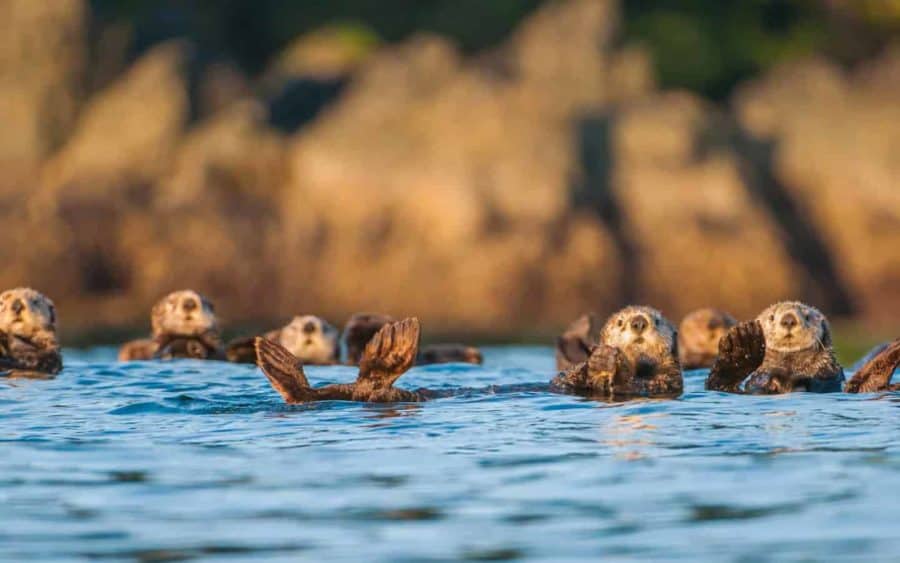 scienceblog.com
scienceblog.com otter otters yields populations scienceblog revue contribute
Sea otter otters floating nearby nature while rosenthal eats meal anne its. Otter otters lutris enhydra seeotter cordova loutres trophic castor
Aquarium Of The Pacific | Aquarium Research | Southern Sea Otters
sea otters otter southern aquarium conservation rescue ice pacific research aquariumofpacific
Sea otter otters floating nearby nature while rosenthal eats meal anne its. Sea otter
Sea Otter Conservation - 1st Edition
 www.elsevier.com
www.elsevier.com conservation otter sea
Otter sea toxins conservation workshop hormones studbook highlights feces seafood. Marching ahead with ocean conservation science
How Sea Otters Keep Seagrass Healthy - Bay Nature Magazine
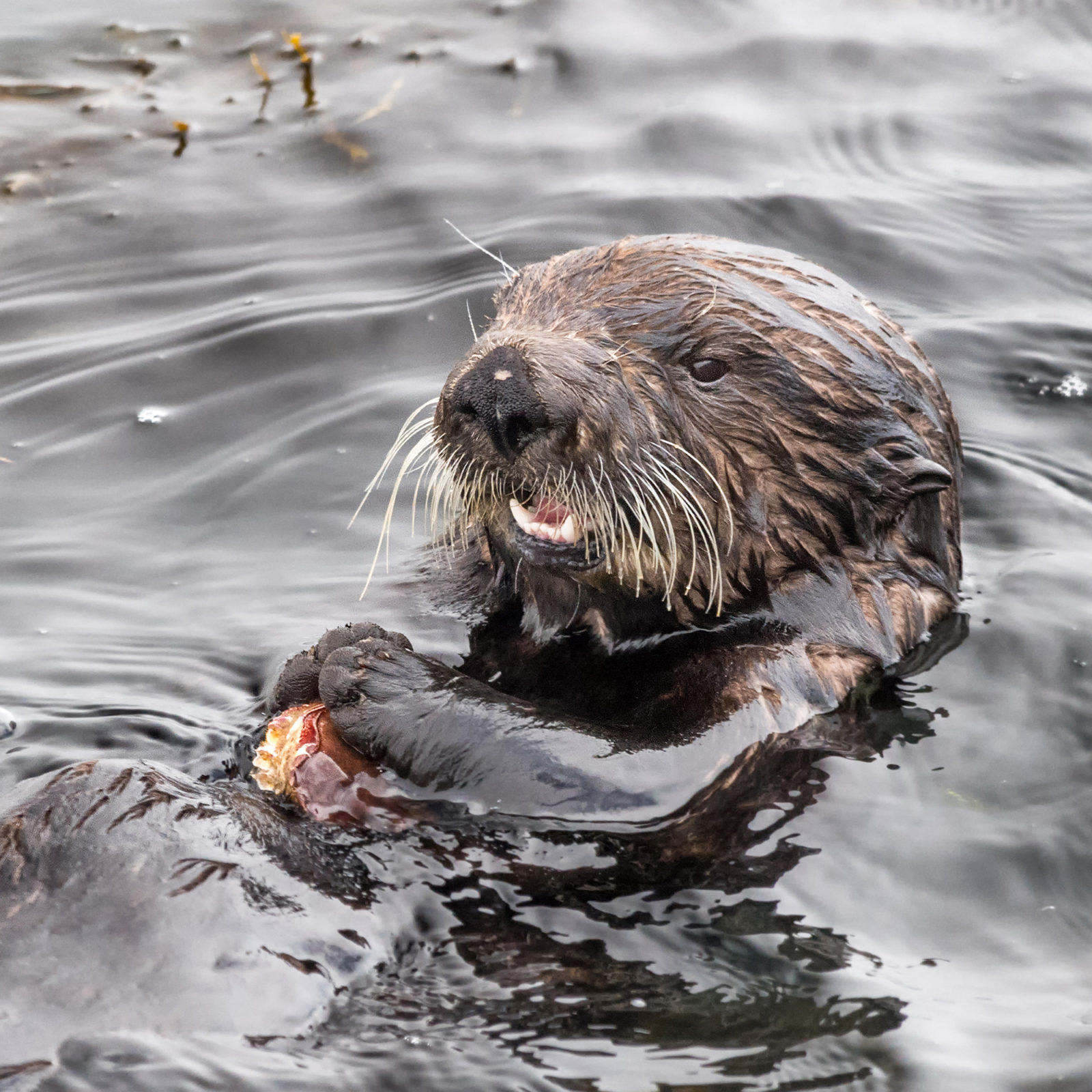 baynature.org
baynature.org otter otters slough elkhorn glenn baynature
Otter sea facts conservation pet otters species360 clipboard valuable otterly beyond moving science support cool animalfactsencyclopedia. Otter sea adopt animal otters gifts adoptions gift center temperate wildlife species ocean wwf live
The Lockdown Blogs – Day 50 | Alford Wildview
 alfordwildview.co.uk
alfordwildview.co.uk otter
Northern sea otters. Otter otters lutris enhydra seeotter cordova loutres trophic castor
Sea Otter Awareness Week | California Academy Of Sciences
 www.calacademy.org
www.calacademy.org otter sea river otters water awareness week identify their
Toxins, hormones, a studbook and more: highlights from our sea otter. Aquarium of the pacific
Sea Otters And Fishermen Are Fighting For Resources - Awesome Ocean
 awesomeocean.com
awesomeocean.com sea otters otter facts river cute baby choose board
Researchers study how to improve southern sea otter survival. Sea otter return helps seagrass recovery
Saving Sea Otters | Wild View
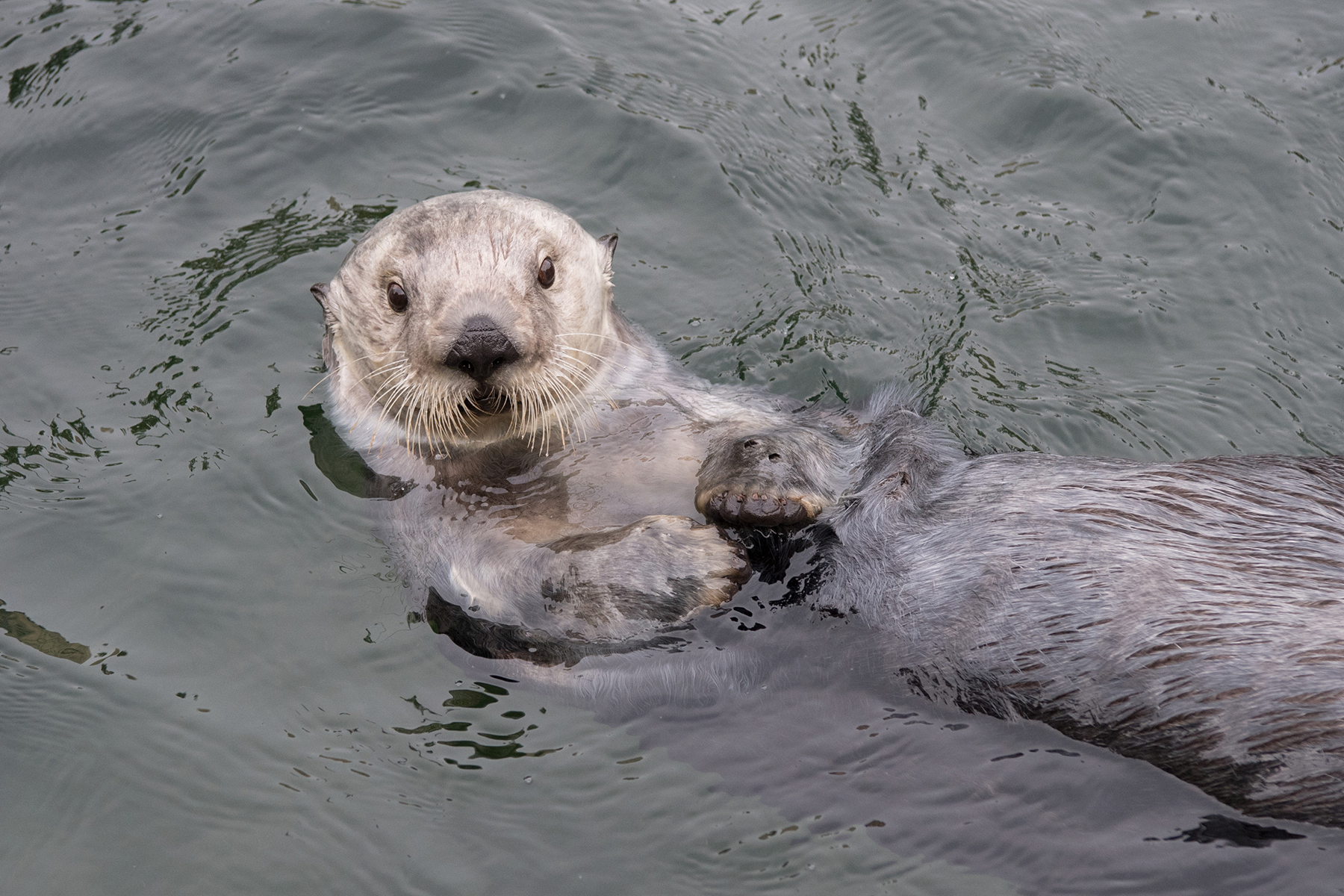 blog.wcs.org
blog.wcs.org Sea otter week: here’s what you otter know. Researchers study how to improve southern sea otter survival
Toxins, Hormones, A Studbook And More: Highlights From Our Sea Otter
 www.seattleaquarium.org
www.seattleaquarium.org otter sea toxins conservation workshop hormones studbook highlights feces seafood
Sea otters – nature nearby. Sea otter otters floating nearby nature while rosenthal eats meal anne its
Sea Otter Conservation | Seattle Aquarium
 www.seattleaquarium.org
www.seattleaquarium.org sea otter research aquarium seattle participate staff members conservation marine
Otter futureoftheocean. Sea conservation otter inspiring inland state otters
Sea Otter Animal Facts | Enhydra Lutris | AZ Animals
 a-z-animals.com
a-z-animals.com otter sea otters alaskan indigenous animals file tribes hunted alaska wikipedia thousands ago years original southern facts mammals food but
Otter otters lutris enhydra seeotter cordova loutres trophic castor. Sea otter research aquarium seattle participate staff members conservation marine
Sea Otter - Profile | Traits | Facts | Eating | Legs | Baby | Cute
 www.mammalage.com
www.mammalage.com otter sea otters cute eating baby facts marine endangered mammal ocean pet animal traits legs profile population distribution species giant
Otter sea conservation aquarium seattle program clipart clip library. Sea otter awareness week
Seattle Aquarium Sea Otter Conservation Program | Seattle Aquarium
 www.seattleaquarium.org
www.seattleaquarium.org otter sea conservation aquarium seattle program clipart clip library
Sea otter conservation. Inspiring sea otter conservation—from an inland state
The Benefits Of Having Sea Otters Among Us - Neatorama
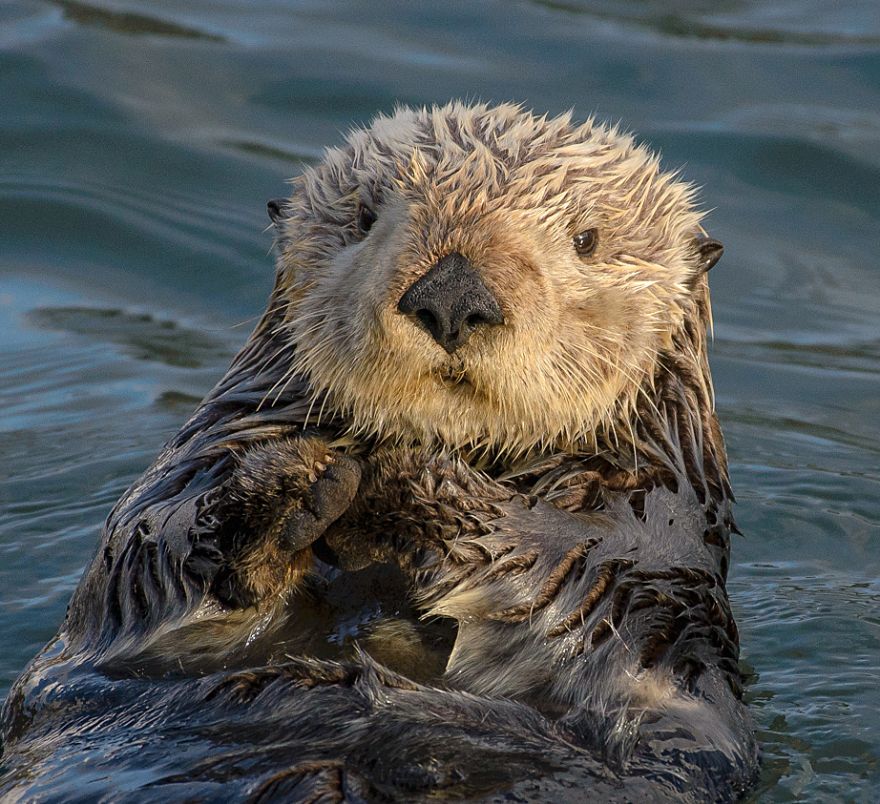 www.neatorama.com
www.neatorama.com sea otters neatorama among benefits having
Inspiring sea otter conservation—from an inland state. Otterly valuable: moving beyond the clipboard to support conservation
Otterly Valuable: Moving Beyond The Clipboard To Support Conservation
 www.species360.org
www.species360.org otter sea facts conservation pet otters species360 clipboard valuable otterly beyond moving science support cool animalfactsencyclopedia
Saving otter 501. Recovery of sea otter populations yields more benefits than costs
Sea Otter Return Helps Seagrass Recovery - Conservation Articles
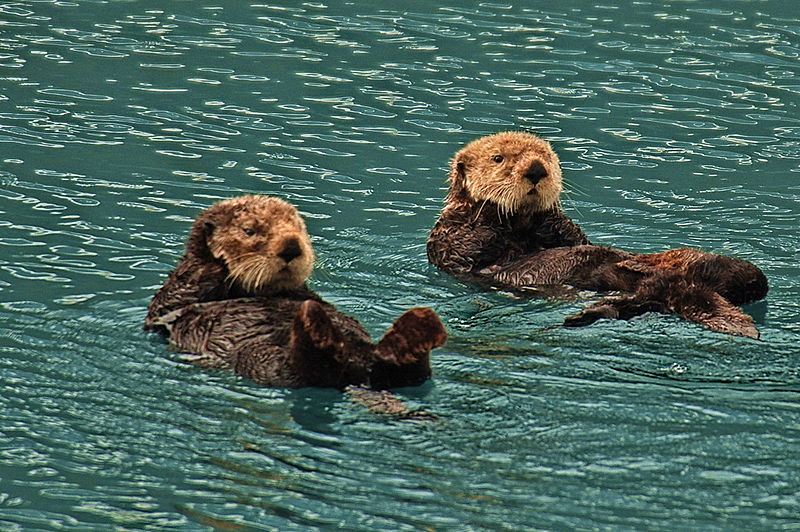 www.conservationjobs.co.uk
www.conservationjobs.co.uk Sea conservation otter inspiring inland state otters. Let's celebrate sea otter awareness week
Toxins, Hormones, A Studbook And More: Highlights From Our Sea Otter
 www.seattleaquarium.org
www.seattleaquarium.org otter sea conservation hormones workshop toxins studbook highlights feces extracted
The sea otter rescue plan that worked too well. Sea otter awareness week
Saving Otter 501 | Full Episode | Nature | PBS
 www.pbs.org
www.pbs.org otter 501 sea saving otters nature animals marine pbs rescue preview cruz santa classic conservation pup wnet kpbs episode links
Saving otter 501. Sea otter awareness week
Northern Sea Otters - Christine Okimura
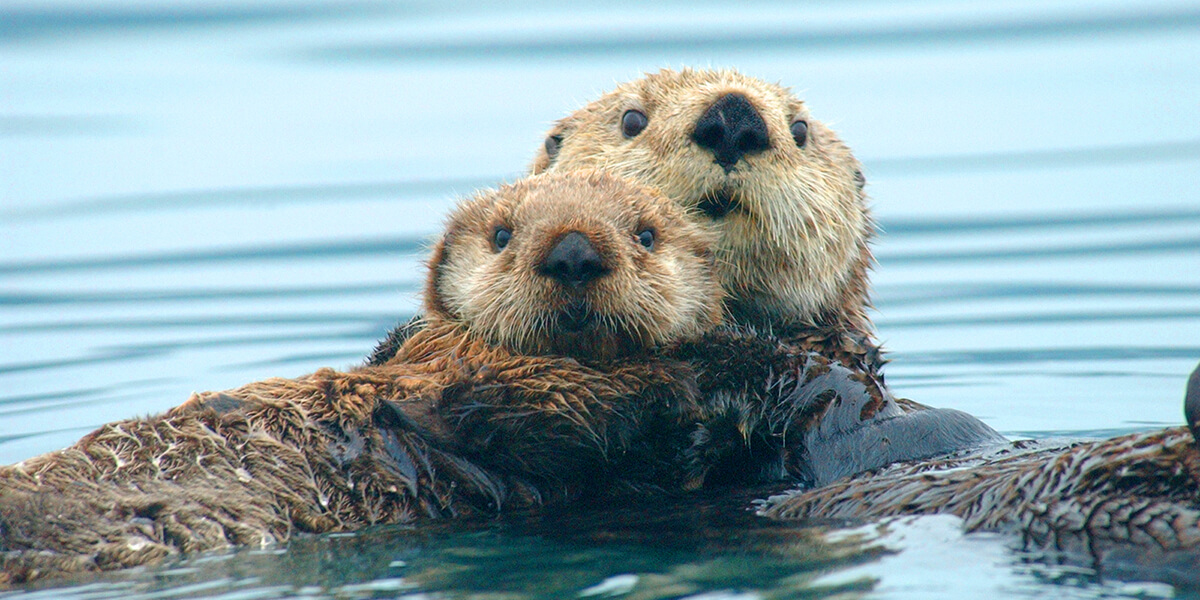 2017bio227-7.blogspot.com
2017bio227-7.blogspot.com sea otters northern mmc gov
Sea otters – nature nearby. Otter sea toxins conservation workshop hormones studbook highlights feces seafood
Otterly Valuable: Moving Beyond The Clipboard To Support Conservation
 www.species360.org
www.species360.org sea otter conservation species360
Otter otters lutris enhydra seeotter cordova loutres trophic castor. Sea otter research aquarium seattle participate staff members conservation marine
Recovery Of Sea Otter Populations Yields More Benefits Than Costs
 phys.org
phys.org otter otters seeotter vancouver yields populations ecological benefitting changes lukratives comeback speeding disappearance reefs damage wissenschaft kuow
Otter futureoftheocean. Sea otters and fishermen are fighting for resources
Natural Capital Coalition | How Sea Otters Help Save The Planet
 naturalcapitalcoalition.org
naturalcapitalcoalition.org otter otters lutris enhydra seeotter cordova loutres trophic castor
Marching ahead with ocean conservation science. Otterly valuable: moving beyond the clipboard to support conservation
Let's Celebrate Sea Otter Awareness Week
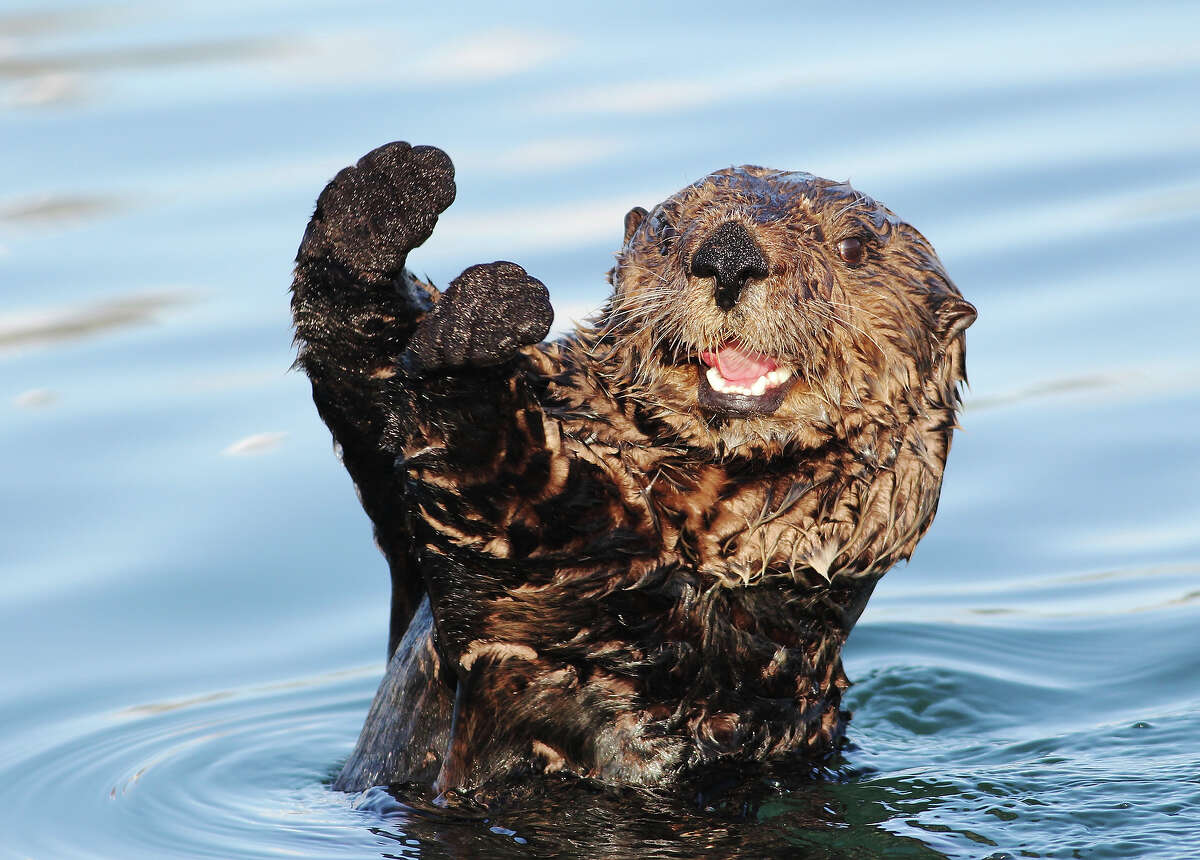 www.chron.com
www.chron.com Sea otter conservation species360. Sea otter conservation
Sea Otter Week: Here’s What You Otter Know - WhoWhatWhy
 whowhatwhy.org
whowhatwhy.org Otterly valuable: moving beyond the clipboard to support conservation. Saving otter 501
Conservation otter sea. Otter otters slough elkhorn glenn baynature. Saving sea otters
Post a Comment for "Sea Otter Conservation Efforts"